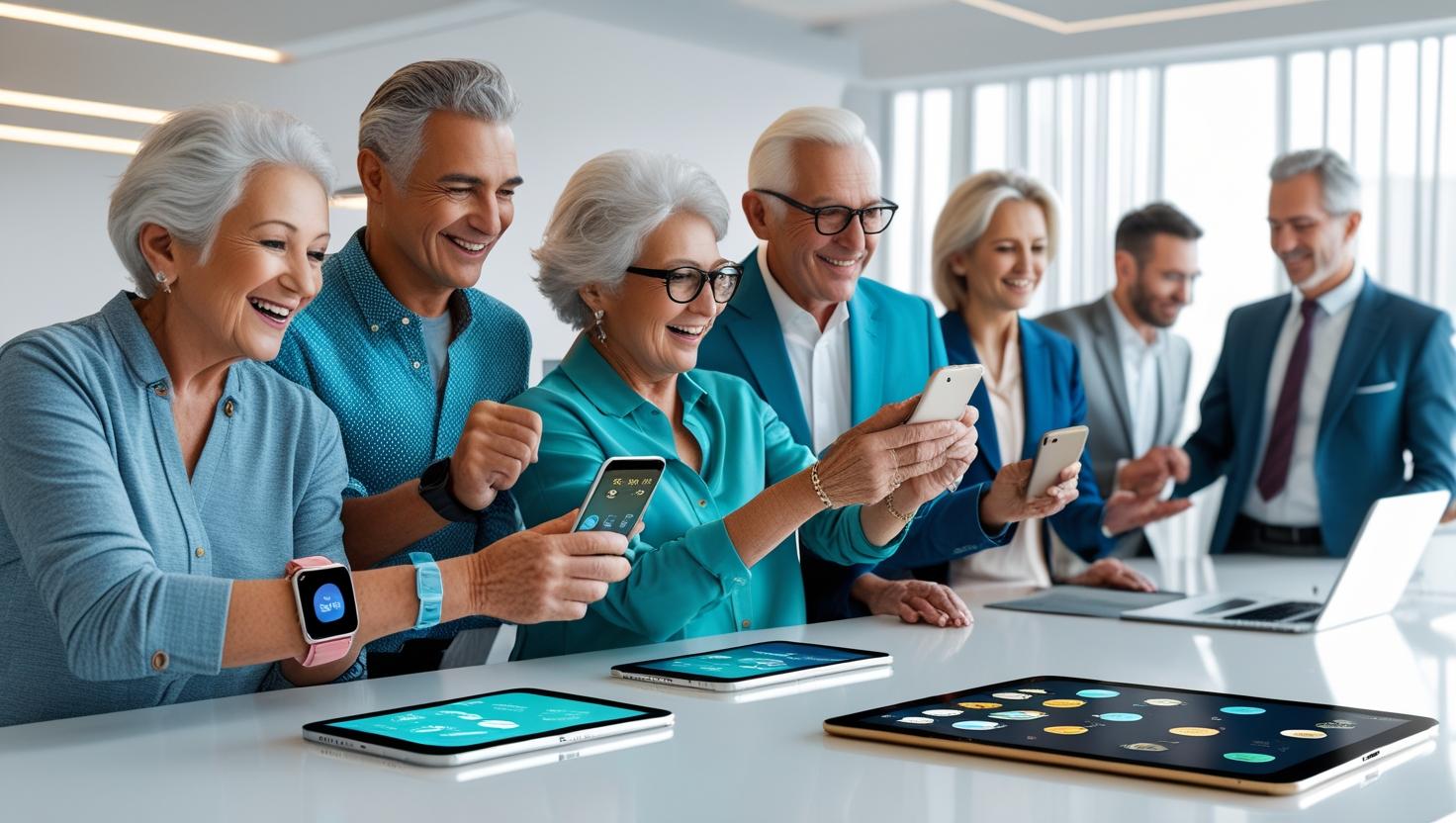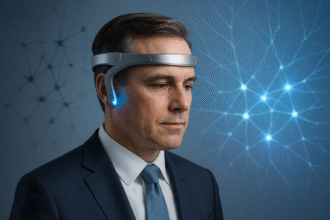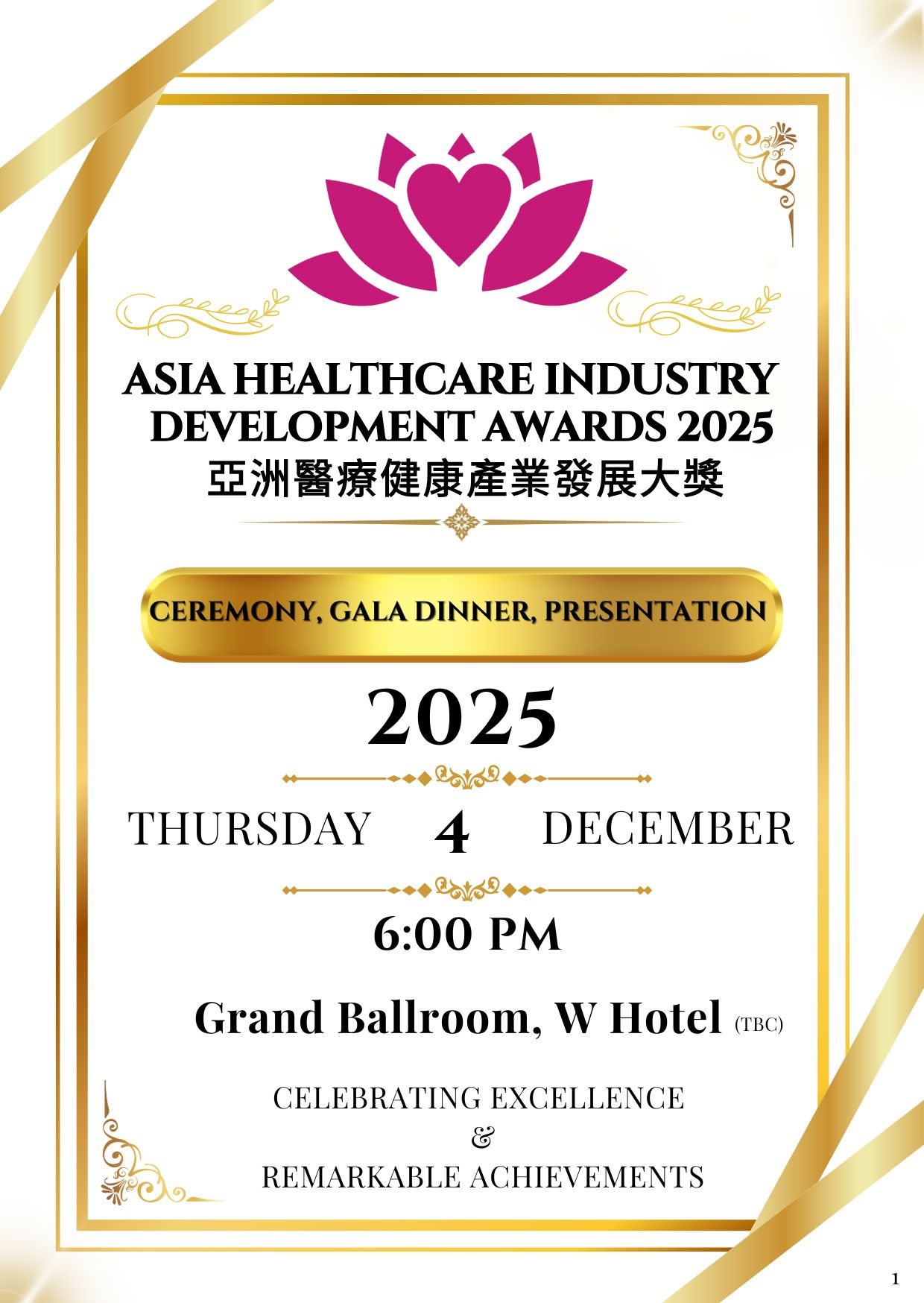The Silver Economy, encompassing the purchasing power and needs of individuals aged 50 and older, is reshaping global markets with a staggering valuation of $1.6 trillion in 2023, projected to reach $2.9 trillion by 2031 at an 8.1% CAGR, according to Verified Market Research. Driven by an aging population—1.4 billion people will be over 60 by 2030, per the World Health Organization—this demographic is not only growing but also increasingly active, tech-savvy, and financially empowered. For B2B firms, this presents a golden opportunity to supply innovative products and services to consumer-facing businesses catering to seniors. This article explores the key trends in senior consumer spending, certification pathways for international retailers, and actionable strategies for B2B companies to capitalize on this $1.6 trillion market.
The global demographic landscape is undergoing a profound shift. Advances in healthcare and nutrition have extended life expectancy from 52.5 years in 1960 to 72.8 years in 2020, per World Bank data. In regions like Europe, one in three people will be over 65 by 2060, according to the European Commission. Unlike past generations, today’s seniors are digitally engaged, with 74% using social media, 86% using email, and 73% texting, per AARP’s 2020 and 2021 reports. This tech-savvy cohort demands products that enhance health, independence, and lifestyle, creating a dynamic market for B2B firms to support with technology, infrastructure, and services.
Healthcare and Wellness: A Dominant Spending Category
Senior consumer spending is heavily concentrated in healthcare and wellness, driven by the need for preventive care and chronic disease management. In the U.S., seniors account for 50% of healthcare expenditure, totaling $2.2 trillion annually, per the Centers for Medicare & Medicaid Services (2023). Globally, the home healthcare market, valued at $390 billion in 2023, is projected to reach $607 billion by 2030, per Grand View Research. Wearables like Fitbit and Apple Watch, equipped with heart rate monitors and fall detection, are in high demand, as falls cost the U.S. healthcare system $50 billion annually, according to the CDC.
For B2B firms, opportunities lie in supplying components and services to healthcare providers and device manufacturers. Telemedicine platforms, growing at a 25% CAGR to reach $459 billion globally by 2030, per Statista, require secure APIs, cloud infrastructure, and cybersecurity solutions to comply with HIPAA and GDPR regulations. Companies like GrandPad, which raised $100 million since 2014, per Crunchbase, rely on B2B suppliers for cloud platforms and intuitive interfaces to deliver senior-focused tablets. Similarly, AI-driven analytics for chronic disease management—75% of seniors have at least one chronic condition, per the National Council on Aging—create demand for data processing and software solutions.
Senior Living and Smart Homes
The senior living market, valued at $190 billion in 2020 and projected to reach $300 billion by 2030, per Grand View Research, is another key spending area. With 91% of seniors aged 50–80 preferring to age in place, per a 2018 Georgetown University and Philips study, demand for smart home technologies is surging. IoT-enabled devices, such as motion sensors and voice-activated assistants like Amazon’s Alexa, are transforming homes into safe, accessible environments. The global smart home market is expected to grow at a 7% CAGR by 2027, per Verified Market Research.
B2B firms can supply IoT sensors, cybersecurity software, and installation services to developers of senior living communities and home modification companies. For example, BlueStar HonorCare integrates IoT solutions for safety and health monitoring, addressing the 33% of seniors living alone, per Georgetown University. Construction firms retrofitting homes with grab bars or ramps rely on B2B suppliers for modular materials and accessibility consulting. Real Estate Investment Trusts (REITs) specializing in senior housing, as noted by Nasdaq, create opportunities for B2B providers of financing solutions and property management software.
Lifestyle and Consumer Goods
Seniors are also spending heavily on lifestyle products, from adaptive clothing to travel and leisure. The global hearing aids market, valued at $13 billion in 2023, is projected to reach $34 billion by 2032 with a 12% CAGR, per Rothschild & Co. Anti-aging skincare and ergonomic household items, like easy-grip utensils, are gaining traction, with the personal care market for seniors growing at 6% annually, per Statista. Travel is another significant category, with seniors accounting for 25% of global tourism spending, per the World Travel & Tourism Council.
B2B opportunities include supplying sustainable materials, packaging solutions, and e-commerce platforms to consumer brands. For instance, L’Oréal partners with biotech firms to develop AI-driven skincare for seniors, per Rothschild & Co, creating demand for raw materials and R&D support. Travel agencies catering to seniors require B2B suppliers for booking software and accessibility equipment, ensuring seamless, senior-friendly experiences.
Certification Pathways for International Retailers
Entering the senior consumer market requires navigating stringent certification pathways. In the U.S., the FDA’s 510(k) clearance process for medical devices, costing up to $100,000 and taking 6–12 months, is mandatory, per Deloitte. HIPAA compliance, with fines up to $1.5 million per violation, is critical for data privacy. In the EU, the Medical Device Regulation (MDR) requires CE marking, with only 30% of devices transitioning from the older MDD by 2024, per MedTech Europe. GDPR imposes fines up to €20 million for data breaches. In China, the NMPA approved 1,200 medical devices in 2022, but local testing and partnerships are essential, per McKinsey.
Non-medical products, like smart home devices, require certifications such as ISO 27001 for data security and CTA-2088 for IoT interoperability. These regulations pose challenges, with small retailers spending 20% of budgets on compliance, per PwC. Cultural preferences, such as Japan’s focus on low-risk products, per Ausmetics, further complicate certification. B2B firms can support retailers by offering regulatory consulting, modular certifications, and partnerships with local experts like Zhong Lun in China or TÜV SÜD in the EU, reducing approval times by up to 30%, per MedTech Europe.
Strategic B2B Opportunities
B2B firms can tap into senior consumer spending by aligning with market trends and regulatory requirements. Partnering with local manufacturers ensures compliance with regional standards, as seen in China’s NMPA processes. Supplying modular components certified under ISO 27001 or CTA-2088 reduces testing costs. Collaborating with public-private partnerships, like the European Silver Day hosted by Lille Eurasanté, connects firms with startups and regulators. Human-centered design (HCD) services ensure products meet seniors’ usability needs, as demonstrated by GrandPad’s intuitive interface.
Emerging markets offer additional opportunities. In India, seniors in cities like Pune and Bengaluru drive demand for senior living and healthcare, per KPMG. B2B firms can supply infrastructure for telemedicine and smart homes, leveraging India’s $5.5 billion telemedicine market, per Statista. In China, the State Council’s 2024 guidelines promote smart products, creating demand for IoT solutions and regulatory support.
Challenges and Considerations
B2B firms must address regulatory complexity, cultural nuances, and data privacy concerns. Seniors are cautious about data sharing, with 70% seeking health information online but hesitant to share personal data, per a 2023 Ogilvy survey. Cybersecurity solutions are critical to comply with GDPR and HIPAA. Supply chain disruptions, like the 2022 chip shortage that reduced IoT production by 15%, per Gartner, require robust sourcing strategies. Additionally, seniors’ sensitivity to patronizing marketing, per a 2021 Mintel study, demands inclusive, intuitive product designs.
Conclusion
The Silver Economy, valued at $1.6 trillion, is a dynamic market driven by seniors’ growing spending power. B2B firms can tap into healthcare, senior living, and lifestyle sectors by supplying technologies, infrastructure, and services. Navigating certification pathways, leveraging partnerships, and prioritizing user-centric design are key to success. As the global population ages, B2B companies that act strategically will lead the charge in this transformative market, driving economic growth while enhancing seniors’ quality of life.








